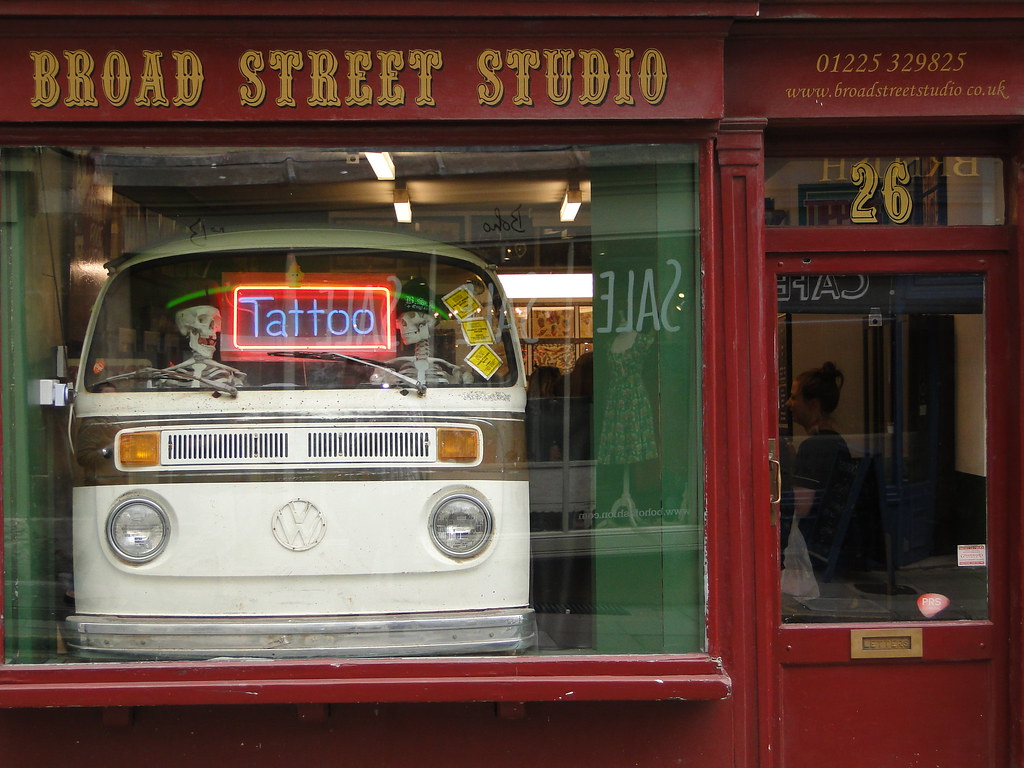
I know it’s customary for critics to give superhero films
the free pass denied to other ‘more serious’ flicks. ‘It’s just a movie!’
people say. ‘It’s a spectacle, escapism, pure entertainment!’ Generally speaking, I would agree, but
if such a film attempts to realistically depict events on the Western Front,
complete with gas attacks, maimed soldiers, and bereaved non-combatants, my
expectations rise. After all, a film
that takes such a daring approach is asking to be taken seriously.
The makers of Wonder Woman do all of the above but when they then show their heroine
acting as a human shield in No Man’s Land, bullets and shells bouncing
off her cuffs, they trivialise a
situation with few equals in history for its levels of horror and inhumanity. What makes it even more egregious is that Diana then dances in the snow with jubilant survivors from the local village. It's not far removed from Wonder Woman being greeted by
cheering inmates at the gates of a concentration camp.
Despite
the presence of the excellent Gal Gadot in the title role, Wonder Woman is a troubling film, a clumsy mess of a movie that
strives to be apolitical but ultimately feels like old-fashioned U.S.
propaganda. The Germans speak to each
other in English with German accents (In a film made in 2017? Really?), love
interest Steve explains the geopolitical situation to his Amazonian rescuer in
terms reminiscent of the current president: ‘They’re the bad guys. I’m a good
guy.’ And even though Steve admits that the human race is terribly flawed, it’s still he, the only white American man in the
film, who destroys the consignments of poison gas created to extend and worsen the conflict. While he is sacrificing
himself, Gadot is having one of those superbattles with a fellow god where
electricity comes out of their fingers.
Attempts
to diversify the cast are cack-handed: the smooth Moroccan, drunken Scotsman
and stoic native American are onscreen for too little time to enable them to rise beyond stereotypes
– and much of the dialogue sounds like Friends
rather than what a person living in London in 1918 might say.
It’s all a bit unfortunate, as Gadot’s Diana has
a nobility and decency reminiscent of Christopher Reeves’s Superman and it is
refreshing to see such a strong female action hero who is never in need of a
man’s assistance. Hopefully, next time,
the studio will keep her away from the real world with its boring
complications.
P.S. If the producers are looking for a superior plotline for the sequel, they might consider using this one from the 1970s TV series:

P.S. If the producers are looking for a superior plotline for the sequel, they might consider using this one from the 1970s TV series:

